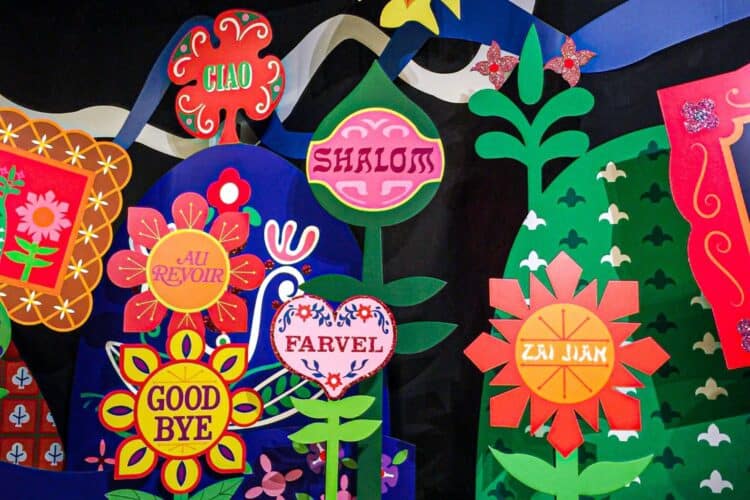On February 21st, International Mother Language Day is celebrated across the world. The idea behind the day is to promote linguistic and cultural diversity and multilingualism.
International Mother Langauge day should especially be significant in a country like South Africa, where 11 official national languages are spoken.
And of course, with language comes culture. And South Africa is definitely rich in culture and should keep celebrating their own language and passing it on through generations.
To build peace. ☮️
— UNESCO 🏛️ #Education #Sciences #Culture 🇺🇳😷 (@UNESCO) February 21, 2022
To preserve heritage.
To uphold human rights.
Teach. Me. In. My. Mother. Tongue. 😛
Happy #MotherLanguageDay!
👉 https://t.co/ki3DqPASk0 pic.twitter.com/T9wE38X5EA
History of International Mother Language Day
The idea to celebrate International Mother Language Day was originally the initiative of Bangladesh. And it officially became a celebrated day in 1999 when it was approved by United Nations Educational, Scientific and Cultural Organization (UNESCO).
“UNESCO believes in the importance of cultural and linguistic diversity for sustainable societies. It is within its mandate for peace that it works to preserve the differences in cultures and languages that foster tolerance and respect for others,” the UN body said.
UNESCO wanted to express the seriousness regarding the disappearance of languages across the world. And according to the organization, 40% of the population does not have access to an education in their mother language.
And so they made a commitment towards understanding the importance of individuals’ languages – especially when it comes to education.
This year’s theme – technology for multilingual learning
Each year, UNESCO selects a theme in order to help the development of mother language in public life. And the theme of the 2022 International Mother Language Day is “Using technology for multilingual learning: Challenges and opportunities”.
With technology, some of the biggest challenges in education can be addressed. It can assist with ensuring equitable and inclusive lifelong learning opportunities for all if it is guided by the core principles of inclusion and equity. And multilingual education based on a child’s mother language is a key component of inclusion of education.
However, with any great possible outcomes, challenges are expected. And during Covid-19 school closures around the world, many countries took to technology-based solutions to keep children learning. But not all learners could adapt to this way of schooling.

Many learners firstly lacked the necessary equipment, internet access, accessible materials, adapted content, and support from family or friends.
And secondly, distance teaching, learning tools, programmes and content do not always reflect language diversity the best.
“Technology can provide new tools for protecting linguistic diversity. Such tools, for example, facilitating their spread and analysis, allow us to record and preserve languages that sometimes exist only in oral form. Put simply, they make local dialects a shared heritage. However, because the Internet poses a risk of linguistic uniformization, we must also be aware that technological progress will serve plurilingualism only as long as we make the effort to ensure that it does”, UNESCO director-general Audrey Azoulay said.
Languages represent who we are.
— United Nations (@UN) February 21, 2022
Protecting this identity is a matter of human rights.
On Monday's #MotherLanguageDay, let's celebrate the power of linguistic diversity & multilingualism. https://t.co/8DyBnfzM61 via @UNESCO pic.twitter.com/CkXOk5UwZV


